Before you perform an online search for an address to see it on a current map, find pictures of the home, and possibly see pictures of the inside: Consider reaching out to the local library or the historical or genealogical society to see if the address you have for someone at a certain point in history would be the same as the address today.
They didn’t always move in with the nearest relative or their geographically closest relative. An aunt of mine, widowed with no children, could not be found in the 1940 census in the town where she had lived since 1900 and where she died in 1962. Having heard from a living relative that this aunt and her husband apparently lived a hand-to-mouth existence, I figured that she was simply missed in the 1940 enumeration. She wasn’t. She was living 100 miles away with one of her nieces. She had sisters and brothers who lived much closer and numerous nieces and nephews who lived closer. Individuals who move in with family do not necessarily move in with individuals who are most closely related or who are geographically closest. Always check […]
Have you reached out to see what the state archives in your ancestor’s state may have that could help you? It might be worth a try. This page on the US National Archives page has links to state archives websites throughout the US. State libraries may also have material that could be helpful–a Google search for “yourstate state library” should locate the one you need. Those with ancestors in countries outside the US should also determine if there are provincial or regional archives or libraries that could assist with their search. Our new book is out. Read about More Genealogy Tip of the Day on the Genealogy Bargains website.
What you think is an ancestral “maiden name” for a female ancestor may not be what you think it is. It could be the last name of an adopted father, a step-father, or a previous husband of which you are unaware. And if the parents were not married, that last name at birth for an individual may be the last name of their father or their mother.
From our Genealogy Tip of the Day page on Facebook: One problem with getting research advice from random people on the internet is that you never know if they have any idea what they are talking about or not. Another is that people don’t always realize how important time period and location are in answering certain questions–especially ones about records or the law. And sometimes people do not realize that if they’ve only researched their own families that their experience may not be as broad as they think. If your family was concentrated in New England…that’s a whole ‘nuther kettle of fish from Virginia or Georgia. Our new book is out. Read about More Genealogy Tip of the Day on the Genealogy Bargains website.
A codicil is a document that adds to a will or changes a specific part of it. It is a supplement or an addendum to a will that leaves the majority of the original document and intent intact. One of my ancestors had several codicils to his will that impacted the property given to his daughter as her husband’s financial status deteriorated. That codicil did not impact what was given to the other children and only impacted the section of the will where the daughter was mentioned. Our new book is out. Read about More Genealogy Tip of the Day on the Genealogy Bargains website.
When first communicating with a newly discovered cousin, try not to overwhelm them with information, particularly all the details of family scandals. For someone whose interest in family history is just developing, too much information may intimidate them and too many scandalous details may push some people away. I’m not suggesting keeping secrets, just take it slowly. And you may be surprised–sometimes those new cousins already know all the family skeletons. Check out More Genealogy Tip of the Day–available in paperback or Kindle. Paperback versions can be ordered from Amazon or me (credit or check/money order payments accepted).
If you’ve discovered your ancestor was involved in a court case, search local newspapers to see if the case was mentioned. Some newspapers published brief summary information of cases as they worked their way through the court process. Published legal notices may have been required in certain situations as well. Cases of extreme local interest may have been written about in some detail in the newspaper, perhaps containing information not contained in the court record. When searching for a newspaper reference to your ancestor’s court case check the newspapers in the county seat as well as those closer to where your ancestor lived. Also keep in mind whether your ancestor’s court case was actually news or not. Check out More Genealogy Tip of the Day
Most of us have asked someone a question or said something to someone only to have their response to us make it clear that they did not understand what we said. Is that why your relative gave “off-the-wall” answers to the census taker, records clerk, etc.? A person’s difficulty in understanding the question can be compounded by age, hearing difficulties, cognitive abilities, native language, etc. Do not assume that your relative really understood what they were being asked. Check out More Genealogy Tip of the Day.
If you have a male ancestor with a fair amount of land transactions, make certain you have noted the release of dower interest by the wife on them (if the time period is right). I was having difficulty narrowing down when a relative’s wife died in the 19th century and, upon reviewing the land records, noticed two in the early 1870s where he sold property and no wife is listed as having acknowledged her relinquishment of a dower interest. The chance the relinquishment was forgotten is very slim. The likely situation is that his wife was dead at the point in time when the deed was executed. Her omission would be indirect evidence she was dead at the date of the deed’s execution since it is not explicitly […]
Preservation suggestions for Daguerreotypes, Ambrotypes, and Tintypes from the University of Illinois can be found at: https://psap.library.illinois.edu/collection-id-guide/directimage More Genealogy Tip of the Day book has been published. Check out our announcement.
An 1884 biography of Thomas Chaney of Bedford County, Pennsylvania, indicated that some of his children were dead. Thomas himself had been dead for thirty years when his biography was published. His children who are noted as deceased may have been dead for decades (perhaps even dying in childhood) or may have died just before the book was compiled. Just because children were not listed as deceased in the 1884 biography of Thomas does not mean they were not deceased in 1884. Daughter Elizabeth (Chaney) Rampley died in 1883. She is not indicated as dead in the 1884 reference. It could have been an oversight or the compiler may not have known. Children listed as being deceased in the 1884 biography, could be given a death date of […]
At long last, More Genealogy Tip of the Day, packed with genealogy tips and ideas from ten years, has been published. We are excited to offer this companion volume to our original Genealogy Tip of the Day book. More Genealogy Tip of the Day can be read front-to-back or browsed through at the reader’s whim. Tips are about genealogical sources, pitfalls, and procedures based on Michael’s extensive experience researching ancestors in the United States and abroad. Tips are practical, easy-to-understand, and applicable to those with ancestors in a variety of locations. Tips have been edited for clarity and updated when necessary. Any content that was time-sensitive has been removed. What’s left is research advice and suggestions with some humor thrown in. Chapter 1: Selective Memory, Separate Maintenance, and […]
Emailed a county clerk in a rural US county yesterday and they were able to answer my question and get me a copy of the page I needed. I asked a very specific question about a specific item in a record set I had used before. I was not going on a fishing expedition. However, to maximize the chance of success in general, remember to ask specific questions, learn about the records (as much as you can before emailing), be patient, and always ask if there’s another way to access the information other than via an email correspondence. Keep in mind that while records may be open, offices do not necessarily have to respond to email requests. Always look and see what finding aids and other materials are […]
The first name of a newly discovered relative is not that bad, but it does get rendered a variety of ways. Her first name appears to be Ockje. Searching for that name in an English-language world can be a challenge. Most variant spellings of the name begin with an “O” and generally end with an “e” or an “a.” The “ckj” portion of the name gets rendered as “thch,” “kj,” “ck,” “ckt,” or something similar. When possible, a wildcard search for the first name using O*e and then O*a is helpful. Nothing is perfect. It’s also good to remember that an “A” in a name can be replaced with an “O,” depending on the inflection of the speaker and the ear of the hearer. This name is also […]
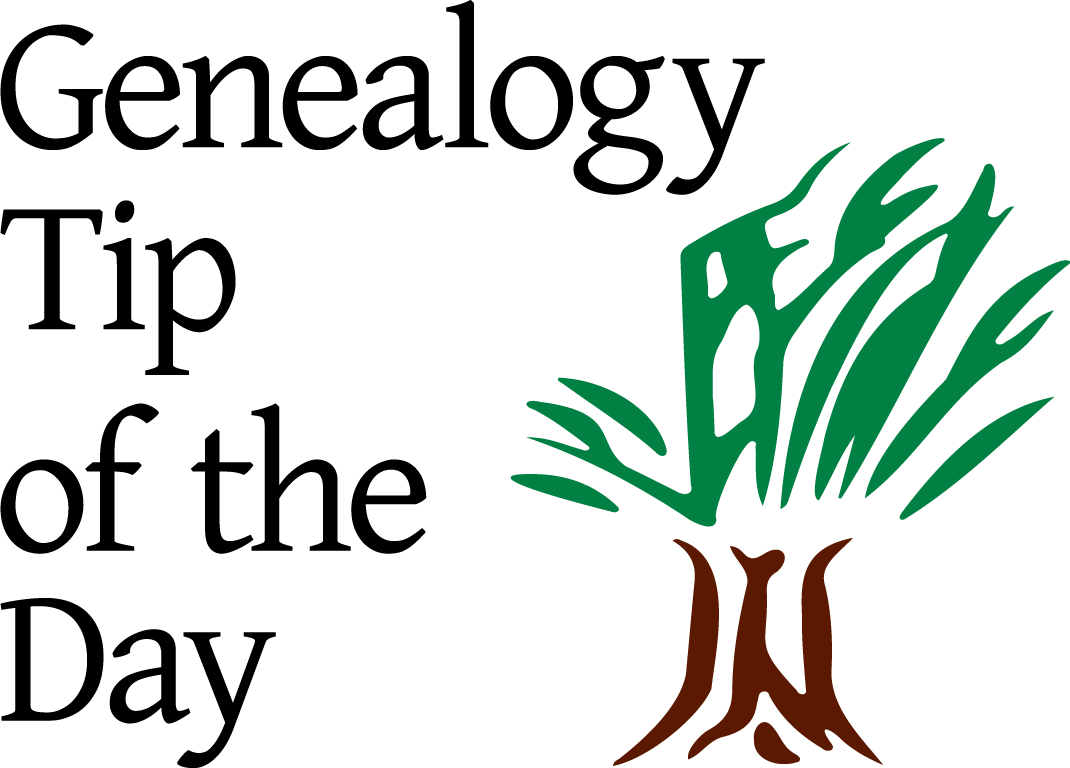
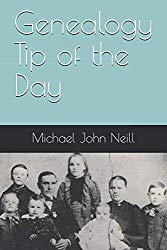
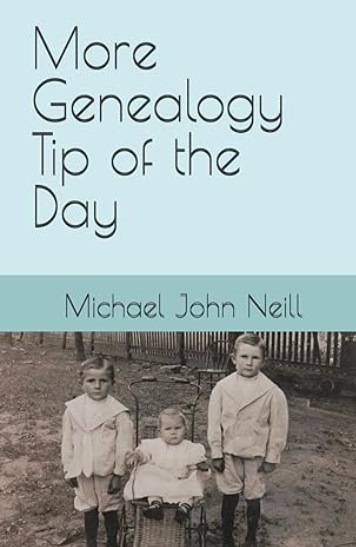


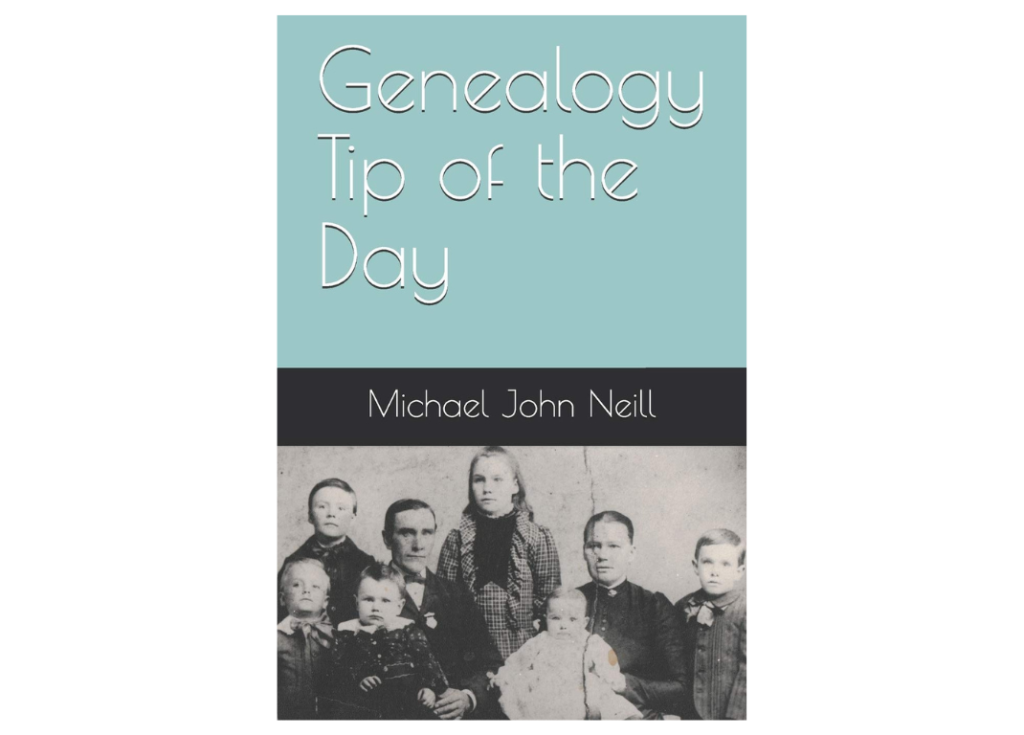
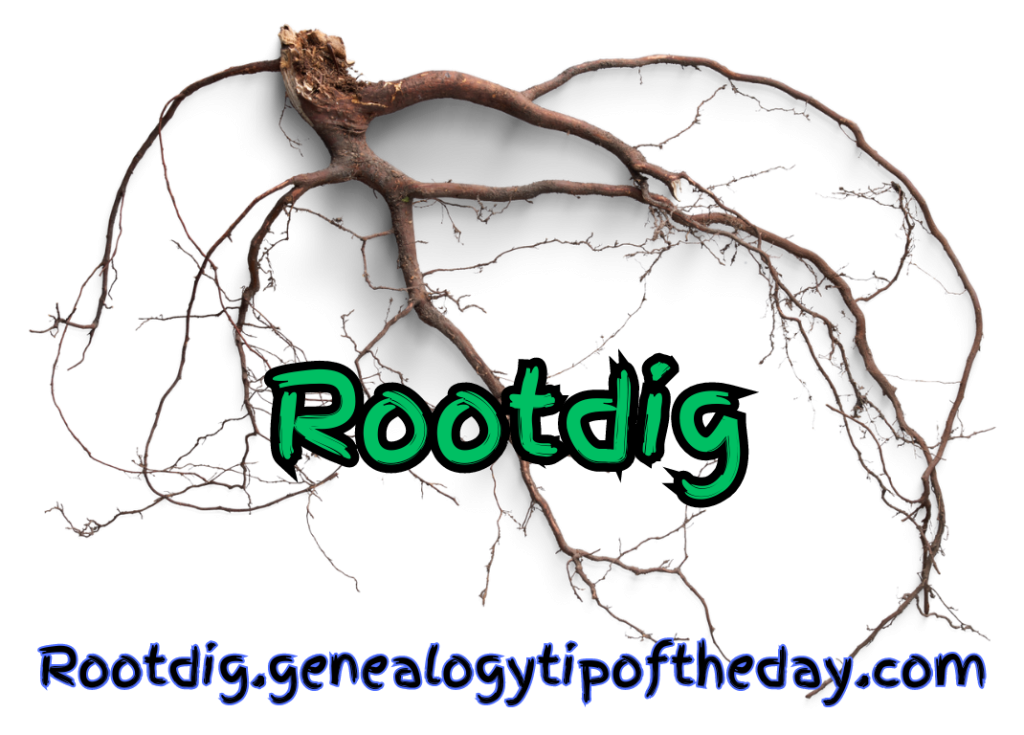

Recent Comments